Highlights
CQT researchers collaborate in quantum simulations on Google's superconducting chip
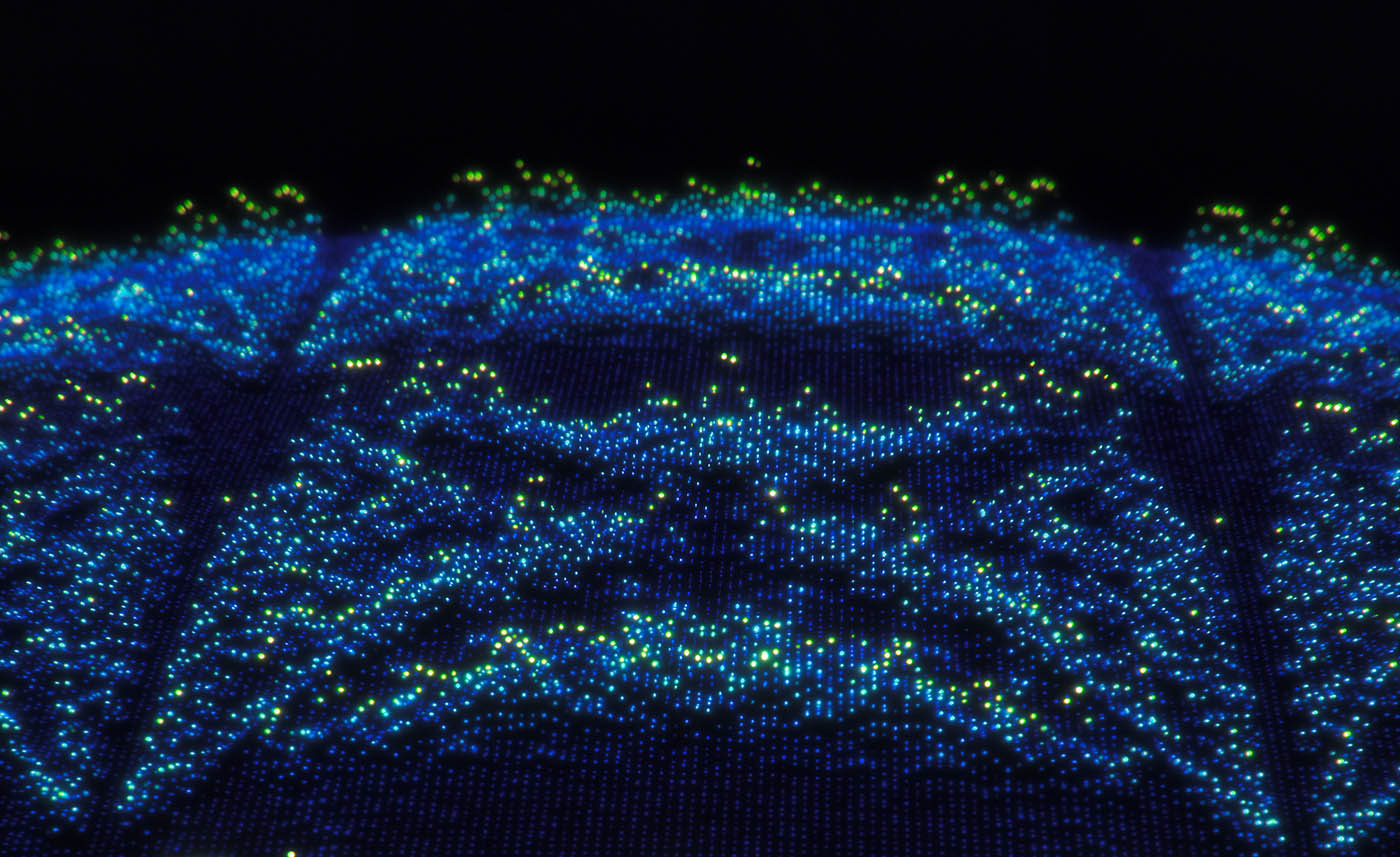 These quantum butterflies emerged from simulations performed by the group of CQT's Dimitris Angelakis with scientists at Google. Specifically, they mapped how electron energy levels in a material would split and shift as an applied magnetic field gets stronger. A single, measured butterfly is multiplied here for artistic effect. The colour-coding of the dots comes from experimental data and shows the location of the energy levels. Energy increases in the forward direction and magnetic field increases along the horizontal axis. Credit: Visual Science/Google
These quantum butterflies emerged from simulations performed by the group of CQT's Dimitris Angelakis with scientists at Google. Specifically, they mapped how electron energy levels in a material would split and shift as an applied magnetic field gets stronger. A single, measured butterfly is multiplied here for artistic effect. The colour-coding of the dots comes from experimental data and shows the location of the energy levels. Energy increases in the forward direction and magnetic field increases along the horizontal axis. Credit: Visual Science/Google
Researchers at the Centre for Quantum Technologies have collaborated with the scientists building Google's quantum chips to simulate complex phenomena in physics.
Quantum simulators, which are special-purpose quantum computers, will help researchers identify materials with new and useful properties.
The international team used photons in Google's quantum chip to simulate the surprising and beautiful pattern of the 'Hofstadter butterfly', a fractal structure characterizing the behaviour of electrons in strong magnetic fields. The results, published 1 December in Science, show how quantum simulators are starting to live up to their promise as powerful tools.
"We've always had this idea that we can use photons to simulate and better understand nature. Our collaboration puts this into practice," says Dimitris Angelakis, a corresponding author on the paper. He is a Principal Investigator at CQT and Associate Professor at the Technical University of Crete, Greece.
With group members Jirawat Tangpanitanon and Victor Bastidas, Dimitris collaborated with the group led by John Martinis at Google and the University of California, Santa Barbara. The CQT team are theorists who contributed to developing the ideas for the experiments – often in Google hangouts with Pedram Roushan, a quantum electronics engineer at Google.
The experiment was performed on Google's chain of nine superconducting quantum bits (qubits). It shows how a quantum simulator can reproduce all kinds of exotic complex quantum behaviour. This will enable researchers to simulate – and thus engineer – materials with exotic electronic conduction properties, potentially opening up a range of new applications.
"With chips similar to the one used in this experiment, we are interested to study problems at the core of condensed matter, statistical mechanics, and non-equilibrium dynamics," says Pedram.
A butterfly emerges
Hofstadter's butterfly first appeared in 1976, in calculations of electrons in a two dimensional material in a strong magnetic field. The butterfly maps the splits and shifts of the electron's energy levels with changes in the field strength. In this quantum simulation, the photons took the role of the electrons while gates on the qubits provided an analogue of the magnetic field. The butterfly pattern emerged from the team's measurements.
The experiment relied on the team's invention of a novel spectroscopy technique they dub 'hit and listen'. The technique maps the energy levels of light particles, microwave photons, stored in the nine qubits.
"Our method is like hitting a bell. The sound it makes is a superposition of all the basic harmonics. By hitting it in different positions a few times and listening to the tune long enough, one can resolve the hidden harmonics. We do the same with the quantum chip, hitting it with photons and then following its evolution in time," explains Angelakis. The team saw the butterfly by hitting the qubits with one photon at a time.
Going local
The team also hit the qubits with two photons simultaneously, and made the qubits disorderly – programming some randomness into their properties – in order to study the complex phenomenon known as 'many-body localisation'. This is a quantum phase transition, akin to the phase change that happens when water freezes into ice, that determines whether materials are conductors or insulators The team found precursors of many-body localisation by applying their 'hit and listen' technique to different regimes of disorder and interaction.
Getting to grips with this kind of phenomenon may provide another route to designing useful new materials with exotic conduction properties. However, physicists in general struggle to simulate such complex scenarios. It was predicted in the 1950s that disorder in a material could block the movement of electrons through it. That's called localisation. But if the particles can interact with each other, the problem becomes 'many-body' – and much harder to model.
For just two photons across nine qubits, the team could simulate on conventional computers what behaviour to expect, finding good agreement with their experimental results. But add just a few more qubits and the problem becomes intractable for classical machines.
That makes the prospect of bigger quantum simulators enticing for scientists – they could tackle problems beyond the reach of today's supercomputers.
"Understanding quantum phases is still one of physics' unsolved mysteries" says Pedram.
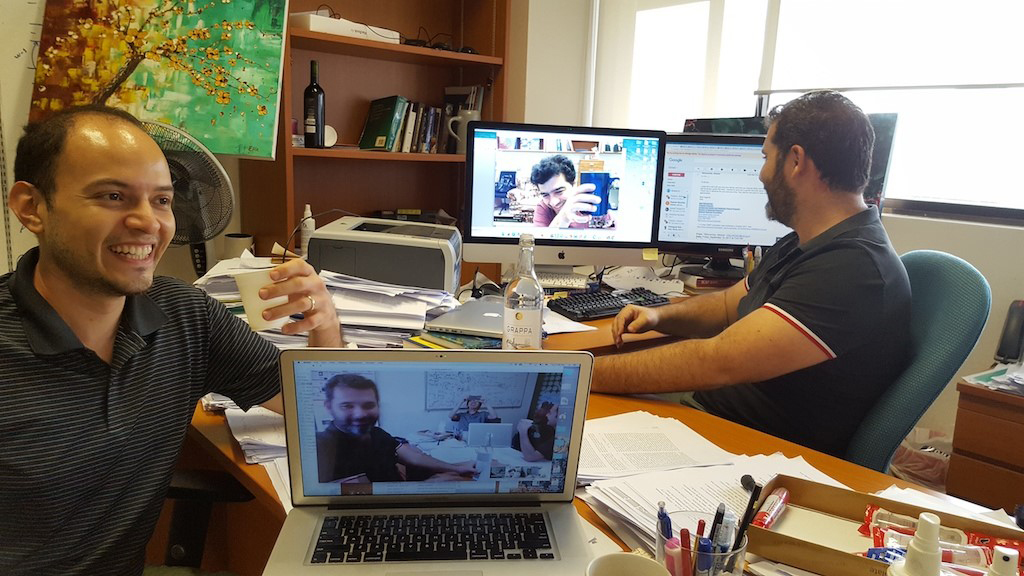 The CQT coauthors Victor (left), Dimitris (right) and Jirawat (taking the picture – see the front screen) celebrated their paper’s acceptance with Pedram (back screen) over a video call.
The CQT coauthors Victor (left), Dimitris (right) and Jirawat (taking the picture – see the front screen) celebrated their paper’s acceptance with Pedram (back screen) over a video call.
Related Stories
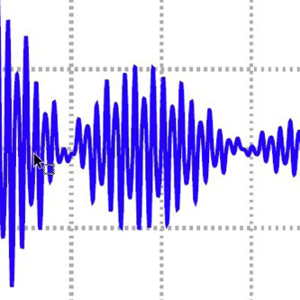 | Shaking Schrodinger's cat may protect it from the environment February 24 2017 |
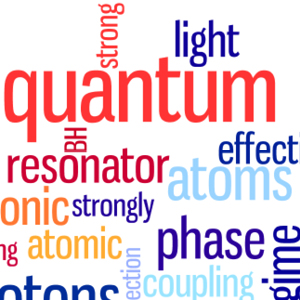 | Review marks ten years of research on quantum simulations with light November 25 2016 |
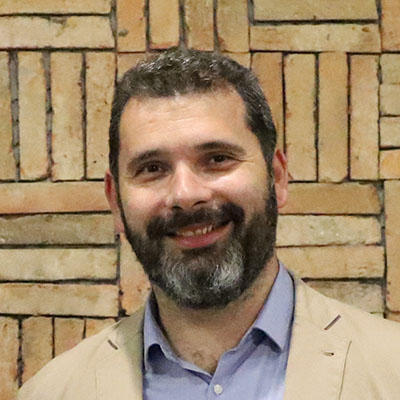 | Google presents 'Quantum Innovation Award' to CQT PI April 02 2018 |






